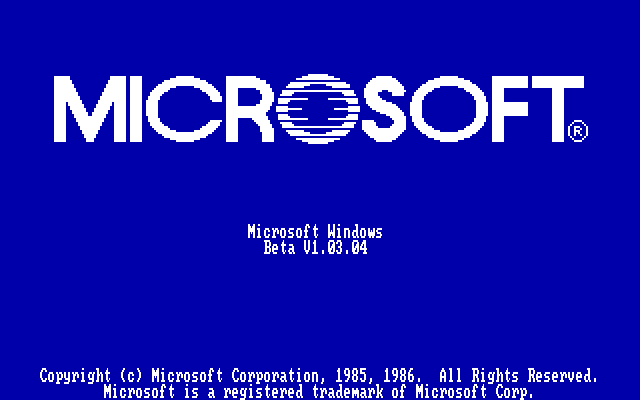Last Updated on 11/19/2023 by Lucifer
The Windows operating system, developed by Microsoft, has undergone significant evolution since its inception. From the early days of Windows 1 to the latest release, Windows 11, this article provides an overview of the key milestones and features that have shaped the Windows OS.
Windows 1.0 (1985)
Windows 1.0 marked the first graphical user interface (GUI) for Microsoft’s operating system. It introduced a series of overlapping windows and used a mouse for navigation. While it was a significant departure from the command-line interface, it was limited in functionality compared to later versions.
Windows 3.0 (1990)
Windows 3.0 brought improvements in terms of performance and a more extensive software library. It introduced the Program Manager and File Manager, making multitasking and file management easier.
Windows 95 (1995)
Windows 95 was a game-changer, featuring the iconic Start menu, taskbar, and support for 32-bit applications. It was the first version to bring the Internet Explorer web browser to the masses, marking the beginning of Microsoft’s dominance in the browser market.
Windows XP (2001)
Windows XP was a major release known for its stability and user-friendly interface. It became one of the most beloved Windows versions and was widely adopted in both home and business environments.
Windows Vista (2007)
Windows Vista introduced a revamped user interface and improved security features. However, it faced criticism for its high system requirements and performance issues, leading many users to stick with Windows XP.
Windows 7 (2009)
Windows 7 addressed the shortcomings of Windows Vista and offered enhanced performance, stability, and user experience. It introduced features like Aero Peek and Snap, making multitasking more efficient.
Windows 8 (2012)
Windows 8 introduced a touch-centric interface, which was a significant departure from the traditional desktop experience. It aimed to bridge the gap between desktop and mobile, but its radical changes received mixed reviews.
Windows 8.1 (2013)
Following the release of Windows 8, Microsoft introduced Windows 8.1 as an update to address user feedback and enhance the operating system’s usability. It brought back the Start button, making it easier for users to navigate between the desktop and the new tile-based Start screen.
Windows 10 (2015)
Windows 10 was a pivotal release for Microsoft as it marked a shift towards a “Windows as a Service” model. This meant that rather than releasing entirely new versions of Windows, Microsoft would provide regular updates and feature improvements. Windows 10 introduced the virtual assistant Cortana, the Microsoft Edge web browser, and the DirectX 12 graphics API for gaming.
Windows 11 (2021)
The most recent version, Windows 11, was officially released in 2021. It represents a significant departure from its predecessors with a centered Start menu, rounded corners, and new multitasking features like Snap Layouts and Snap Groups. Windows 11 also places a strong emphasis on gaming, introducing support for DirectX 12 Ultimate, Auto HDR, and DirectStorage, all designed to deliver an enhanced gaming experience.
The new Microsoft Store in Windows 11 offers a refreshed interface and an expanded catalog of apps and games, giving users more choices and opportunities for customization.
The Future of Windows
As Microsoft continues to innovate, it’s clear that the Windows operating system will evolve further. Windows 11 is just one step in this ongoing journey. Microsoft remains committed to delivering a versatile and user-friendly platform that caters to a wide range of users, from individuals to businesses.
With each new release, Windows brings new features, enhanced security, and improved performance, ensuring that it remains a fundamental part of the computing experience for years to come.
In conclusion, the Windows operating system has come a long way from its humble beginnings with Windows 1 to the modern and innovative Windows 11. Its evolution has been driven by a desire to provide users with the best possible computing experience, and it will undoubtedly continue to shape the future of technology.



